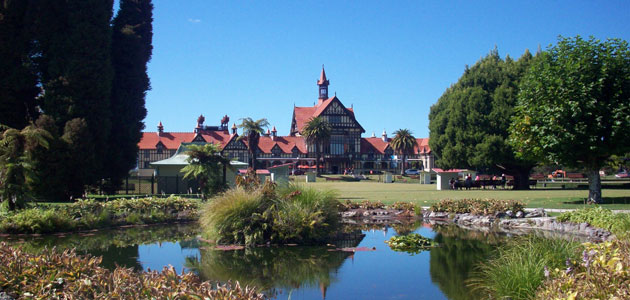
The increasing demand for virgin olive oil in New Zealand
Olive oil is the main type of oil consumed in New Zealand, with sales in 2019 amounting to NZ $ 60.8 million (3,470 tons), which is 51.6% of the total value of oil consumed and 40.9% by volume.
Domestic production covers only a small portion of the demand, with an annual production of 200,000-400,000 liters (about 10% of consumption). There are currently over 300 productive olive groves in New Zealand covering more than 2,000 hectares of land. The average number of olive groves in the country is between 500 and 1,000 trees, with only five large groves in Auckland (40,300 trees), Marlborough (5,117 trees), Nelson (9,000 trees) and Hawk Bay (17,198 and 27,541 trees).
Most of the olive groves run their own brand (mainly EVOO) and sell their products directly to the consumer or restaurants and also through gourmet stores.
Only dozens of local brands have penetrated the supermarket sector and even major brands sometimes rely on other olive groves to be able to meet the demand for their products.
ICEX points out that because domestic production does not meet demand, New Zealand imports a large portion of the olive oil it consumes.
The main country of origin of olive oil in New Zealand is Spain, with about 40% of total imports, followed by Italy, Tunisia, Greece and Australia. It should be noted that Spain is the main exporter of non-virgin olive oil, as it ranks fourth in the category of virgin olive oil after Italy, Tunisia and Australia, with imports estimated at 3 million New Zealand dollars.
In terms of distribution, 86.3% of edible oils are sold in supermarkets, followed by 7.9% of sales in specialty stores and 2.7% in small independent stores. ICEX confirms that the online channel, which although it only has 1.1% of its share, is increasing its relative weight.
The study indicates that New Zealand production is expected to increase in the coming years, as the Olives New Zealand Association, in cooperation with the Ministry of Primary Industries (MPI), conducted various tests and projects that led to an increase in the olive harvest in New Zealand olive groves. 2019 Reducing the incidence of disease in crops and improving pruning. “Given that New Zealand’s climatic conditions differ from its original Mediterranean environment, this early success could boost supply from the local olive oil market, thus posing a threat to importing companies,” he adds.
Opportunities

Another opportunity is to expand the point of sale. A large portion of the shopping cart is made in supermarkets in New Zealand and this increases its range of premium products, allowing companies belonging to this sector to enter it. Moreover, the supermarket and grocery sector is the only sector that has not declined during the period 2020-2021.
Likewise, the great economic and trade link between New Zealand and Australia represents an important opportunity as it facilitates the transition from one country to another once the product is introduced in one of the two markets.
Turn the channel Online It is growing and can be a great opportunity to increase its geographical reach, as well as to advertise new products entering the market. In any case, it will be necessary to have a local importer / distributor to meet the administrative obligations that govern importing food into New Zealand.
In recent years, there has been an increasing trend towards more premium products, drawn from the influence of social and traditional media, as well as greater consumer purchasing power. This fact could be a great opportunity for products in this sector, enhancing the quality and prestige attributes.

“Reader. Travel maven. Student. Passionate tv junkie. Internet ninja. Twitter advocate. Web nerd. Bacon buff.”
